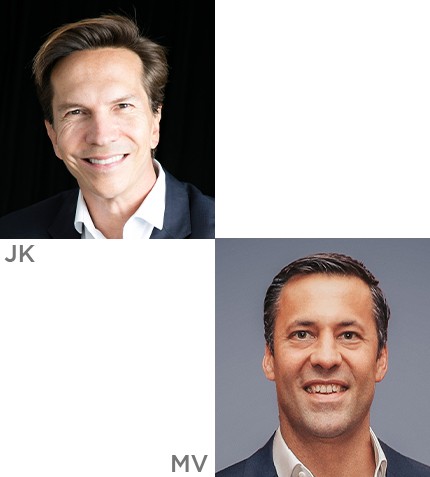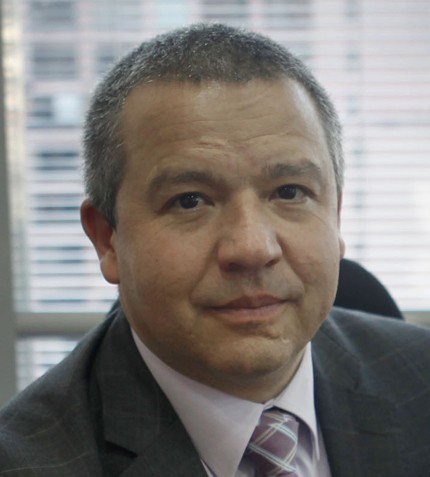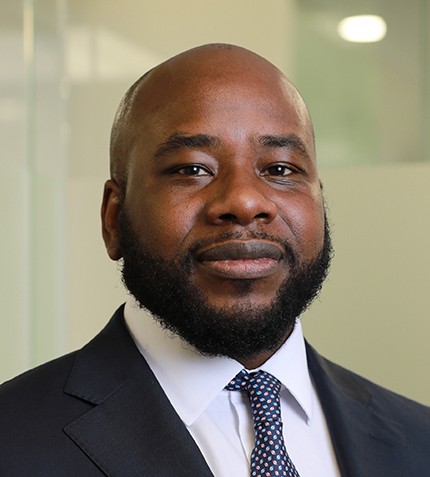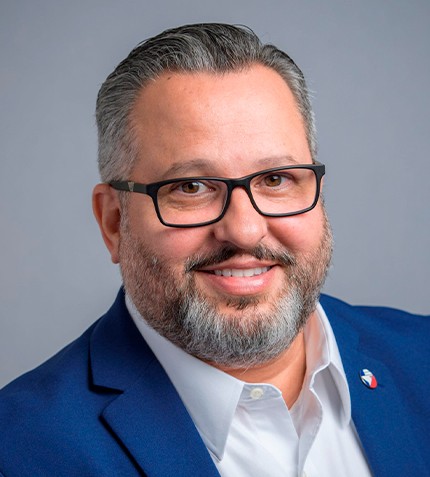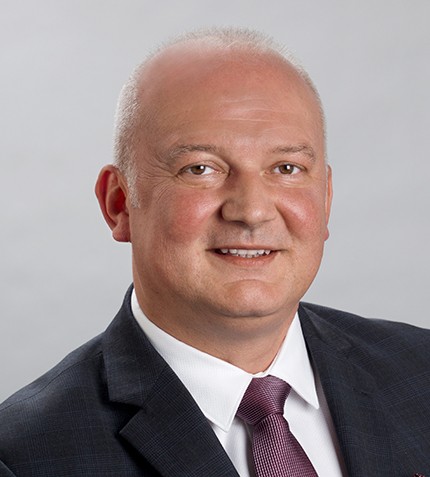
"Though a major change in the design and organization of global supply chains does not happen overnight, we do see a lot more caution in the medium-to-long-term planning."
Alexander Donau
APAC REGIONAL HEAD, LESCHACO
What have been the main developments at Leschaco APAC in the last year?
Coming out of the pains of 2020, we found ourselves in a challenging but dynamic environment that saw the freight market dramatically change. Nevertheless, Leschaco performed well and managed to grow during this period. In Malaysia, we opened our 120,000 ft2 chemical and dangerous goods warehouse; only eight months in operation, the warehouse is already running at 70 % of capacity out of a total of 13,000 pallets of storage for chemical and hazardous materials. Also, we are consolidating our Kuala Lumpur freight facilities into the same hub to draw more synergies for our customers. Meanwhile, we have outgrown our Ho Chi Minh office, which we renovated only 12 months ago, and we are moving into a larger office. With a footprint in both Ho Chi Minh City and Hanoi, we can foster stronger relationships with our customers in the country.
How is the freight forwarding market coping with current disruptions?
The incident in the SUEZ canal in early 2021 severely imbalanced supply and demand, which were impacted by tight resources and transport restrictions. This shock, combined with unpredictable consumer behaviors, pushed freight rates through the roof and significantly curtailed vessel capacity, to an extreme where it was not so much about how much it will cost to get a product from A to B, but more about “will I be able to?”. Most ship lines forecast that freight rates will stay high and not return to pre-pandemic levels anytime soon, the lockdown in China exacerbating the crisis. On the other hand, Southeast Asian countries have deregulated travel restrictions, giving more freedom for the movement of people and goods.
How has Leschaco managed these challenges?
Our number one differentiator is our staff, and I am incredibly happy to be part of a team of such outstanding determination and resilience. Secondly, Leschaco relies on global competence centers to monitor disruptions and find the best solutions.
Is the industry moving towards a model of more localized supply chains?
Over the past 12 to 18 months, both forwarders and our customers have become more aware of the sensitivity of supply chains. Though a major change in the design and organization of global supply chains does not happen overnight, we do see a lot more caution in the medium-to-long-term planning. It’s not only “just in time” strategies that are being questioned; companies are contemplating alternative options, such as near- or on-shoring.
How is Leschaco tackling the challenge of talent retention in a high turnover industry?
Talent retention is a big challenge for our industry. Some reports anticipate a total staff rotation of about 40% in the entire services industry in APAC. However, I am glad that Leschaco started very early to recognize the importance of acknowledging and developing talent, and we do this via different programs. One of these is our executive track, through which our global colleagues are being trained and mentored to become the future leaders of the organization.Of course, the high-calibre training our staff receives makes them incredibly sought-after, which gives us great pride. Rather than contemplating the risks of losing our staff, we understand that investing in our workforce is what sets us up for the future.
Could you comment on the availability of digital infrastructure in Southeast Asia?
The logistics industry is trying to move towards a paperless environment, but this isn’t always possible in our part of the world because of legislative restrictions. The industry is liaising with different Chambers of Commerce and I am a board member of the German Chamber of Commerce here in Thailand, advocating for improved digitalization in our geography. What is clear is that both regulators and customers demand more transparency in the supply chain.
Do you have a final message?
Leschaco is working together with our partners and customers to maintain sustainable supply chains within this tumultuous environment of the pandemic, war, and high costs. if we can stay on top of all the changes that lie ahead of us, we can consider a job well done. Globally, last year Leschaco embarked on, what we call, the “2030 Strategy”, aiming to mold and shape the organizations for generations to come. Finally, we continue to focus on the development of our talents. This year we had a generational change in our company, Constantin and Charlotte Conrad, the son and daughter of Leschaco’s owner, Mr. Jörg Conrad, taking over more responsibilities in the company. The new generation brings a new dynamic while continuing Leschaco’s family tradition.




